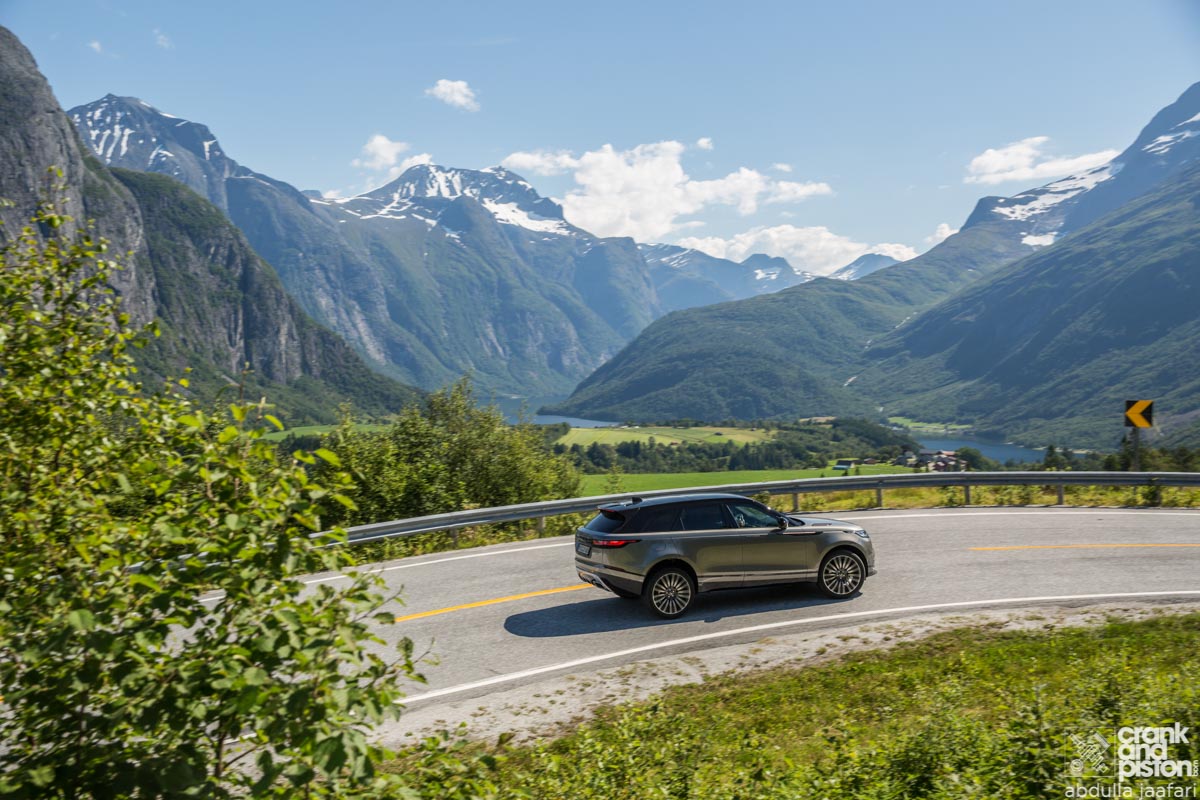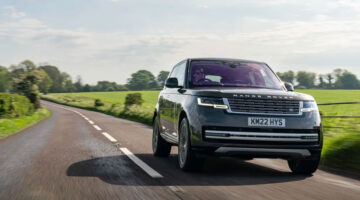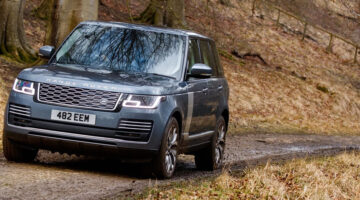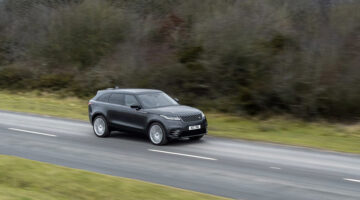Land Rover’s line-up used to be made of just two cars: the Defender and the original Range Rover. The new Velar brings the tally to six and yes, it’s utterly brilliant.
| Engine | Power | Torque | 0-100kph | Top speed | Weight | Price |
|---|---|---|---|---|---|---|
| V6, supercharged, 2995cc | 374bhp @ 6,500rpm | 332lb ft @ 3,500 5,000rpm | 5.7sec | 320kph | 1884kg | $107,600 |
It’s fair to say that when Land Rover unveiled the Velar on 1 March last year, many onlookers and commentators wondered what the point of it was. We’ve become practically immune to manufacturers plugging gaps in their model lines that nobody even knew existed but that’s never really been JLR’s modus operandi, has it?
So is the new car, its name a throwback to the pre-production Range Rovers used by Welsh farmers in 1969, simply here as a stepping stone from the compact Evoque to the much larger Range Rover Sport? Or does it exist in its own sphere with no need to fear being in the shadows of its older, more established siblings?
It’s certainly a triumph of design that you can only truly appreciate when you’re looking at one in the metal, out of the glossy brochures and away from the spotlights of motor show stands. An all-too-rare example of a production car that looks like it made it from concept to showroom reality without the company bean counters ruining things, it’s a devastatingly handsome machine that possesses more clever design flourishes than any contemporary vehicle has a right to.
But as gorgeous as the exterior undoubtedly is, Land Rover’s real trump card makes itself known as soon as you peek through the Velar’s windows or open its doors. For the interior space is an exercise in elegant restraint – clean, uncluttered, fuss-free and just the right side of futuristic, it’s a welcome pointer for its maker’s new design direction and gives the new model a distinct advantage over its stable mates in the desirability stakes.
Rich materials are used throughout the cabin – beautiful quality hides, wools and even synthetic suede all combine to provide that prestige vibe that top flight Range Rovers have come to be known for in recent years. And the technology on offer via the Velar’s dashboard is housed in wonderful looking touchpad displays that clear away the clutter of buttons and switches, replacing them with controls that would no doubt get Steve Jobs’ seal of approval.
With previous Land Rover (and Jaguar) models, the infotainment systems have lagged behind those of their rivals when it came to intuitiveness, usability, graphics quality and overall reliability. Not so here, though, with the Velar’s new Touch Pro Duo set up working speedily while looking gloriously high tech. This alone is a huge step in the right direction.
Underneath, its architecture is shared with Jaguar’s F-Pace but don’t, for a minute, think this sullies the always-successful recipe that constitutes a Land Rover vehicle. The two companies might share basic technologies but their brand attributes remain distinctly different and the Velar offers a completely different driving experience to its feline counterpart. For one thing, the F-Pace was not engineered for serious off-roading but for any car to be wearing the green oval badge of Land Rover it must be able to meet exceedingly high standards when venturing off the beaten path.
With its off-road mode selected, its adjustable suspension rises to offer 251mm of ground clearance (the Evoque tops out at 213mm and the Range Rover Sport 280mm) and its eight-speed ZF automatic transmission benefits from close ratios. An active locking rear differential is present, too, helping elevate the Velar even further in the off-road stakes. And, lest we forget, Land Rover develops and hones the capabilities of its new models right here in the Middle East, pounding the vast desert dunes until they’re worthy of that legendary name.
Not that we see many owners dune bashing in their Range Rovers, which are normally hurtling down motorways at Ferrari-baiting speeds – something the Velar, particularly in its 3-litre, supercharged V6, 374bhp guise is also rather proficient at. With the car’s onboard systems left to their own devices, there is a perfect balance between stiffness
and comfort, thanks to the use of a double-wishbone suspension up front and integral link to the rear. Also helping with the Velar’s sprightly feel is the extensive use of aluminum in the body structure to reduce weight and help with handling precision.

The R-Dynamic trim version adds bigger and more powerful brakes into the mix, and it’s entirely obvious that fast road driving was on the engineers’ minds when it was being developed. With the Dynamic driving mode engaged, the Velar lowers slightly on its air suspension making for a sportier drive, while neither understeer nor body roll are remotely obvious even when it’s provoked.
When the Range Rover was a new model in 1970, it basically carved a new niche that mixed utilitarian ability with unabashed luxury. Since then, of course, there has been a huge increase in the number of vehicles available that potentially offer those combined attributes, and the Velar has to fend off excellent load-luggers plied by the likes of BMW, Mercedes-Benz, Porsche and loads more besides. To stand out in today’s marketplace an SUV must be spectacularly good and the Velar does the Range Rover name no disservice whatsoever.
Perhaps we could do no better than to remind ourselves of what Abdulla Jaafari said after driving the Velar last year in Norway: “To my eyes this is simply the most beautiful car Land Rover has ever made, yet its desirability is much more than skin deep – in fact, so impressed am I by the Velar’s sheer breadth of ability that it gets my vote for Car of the Year.”



